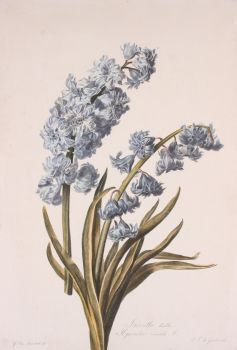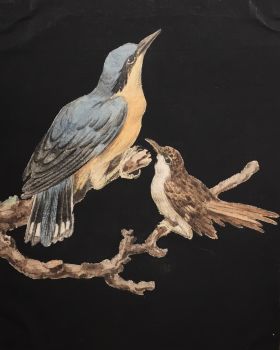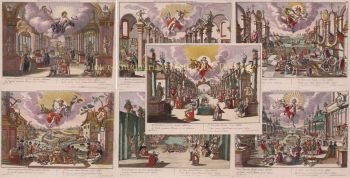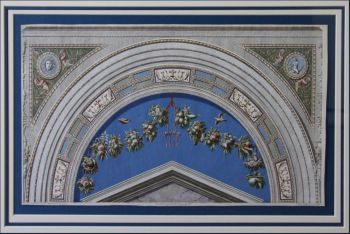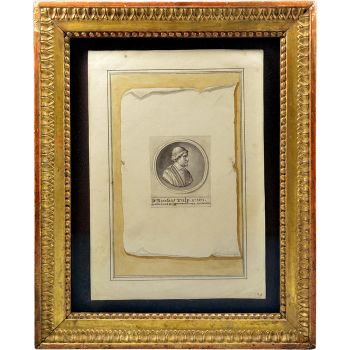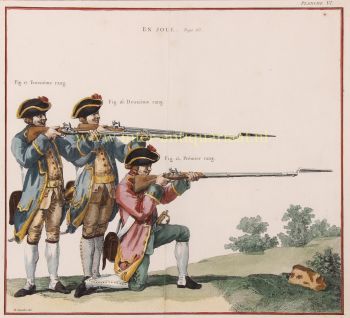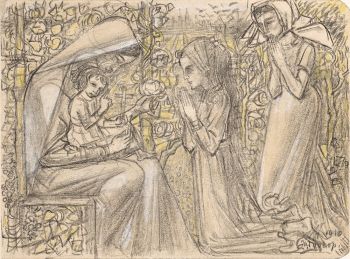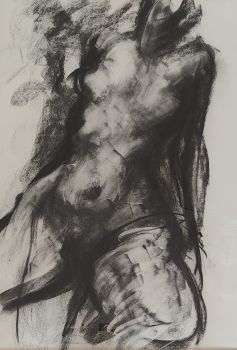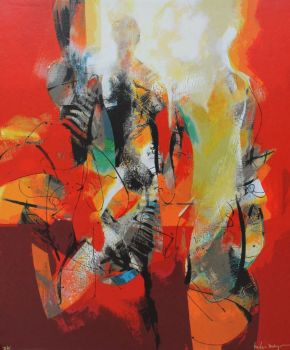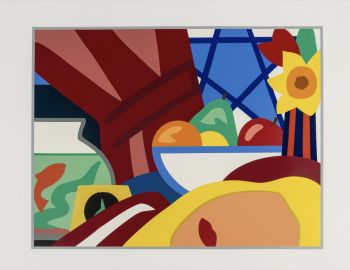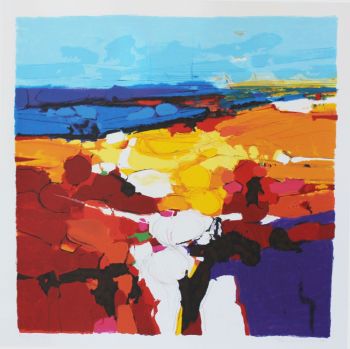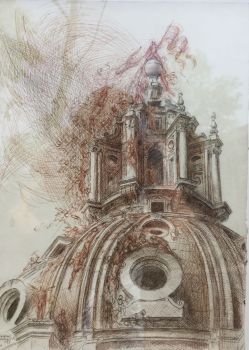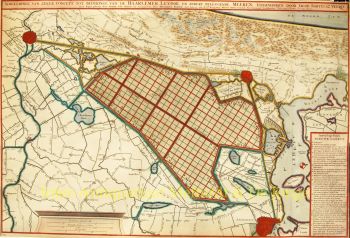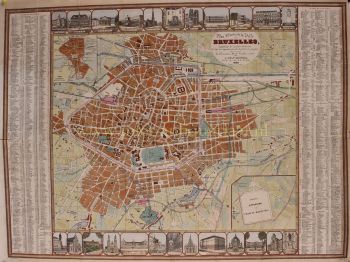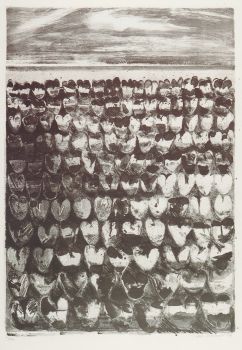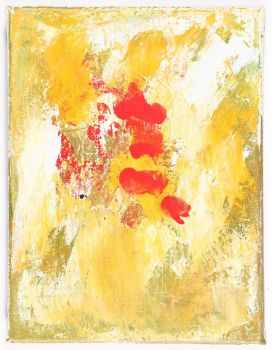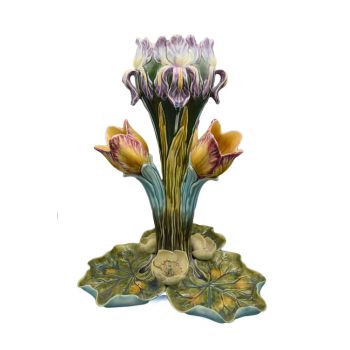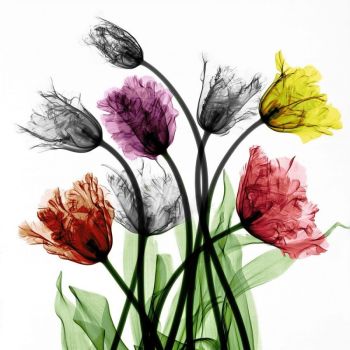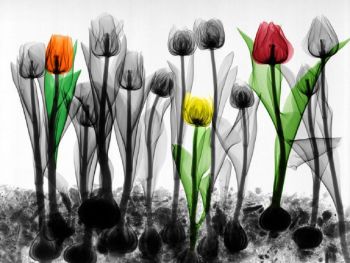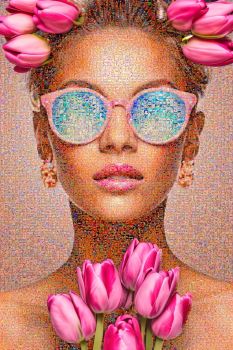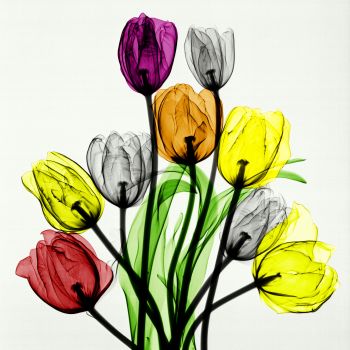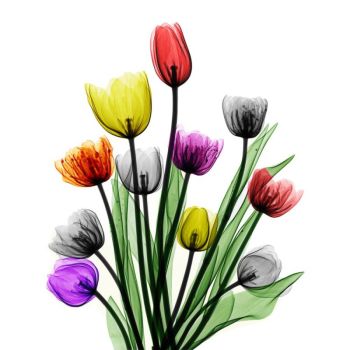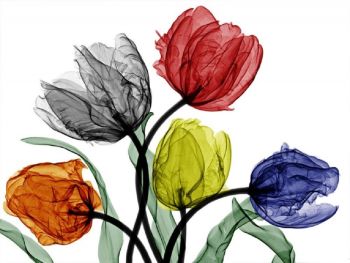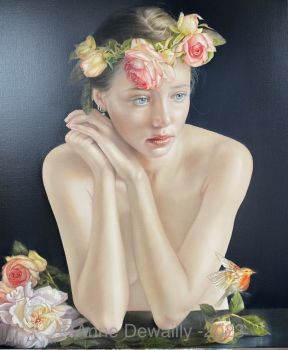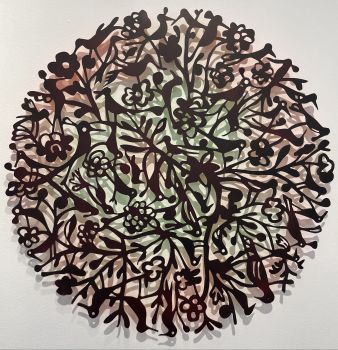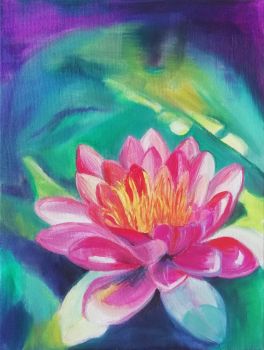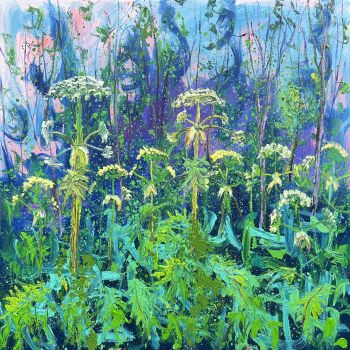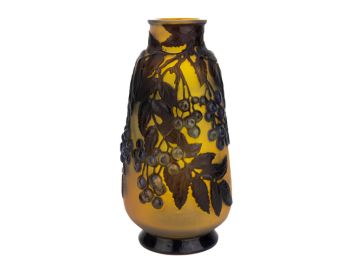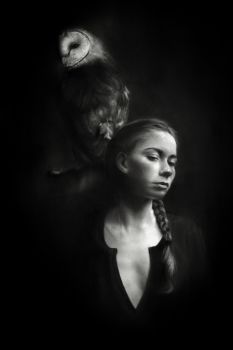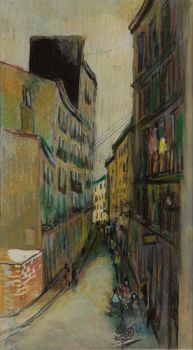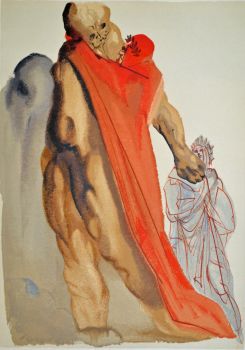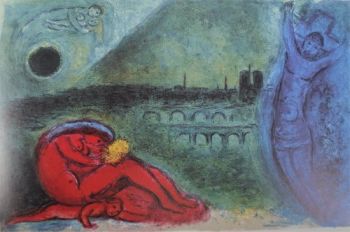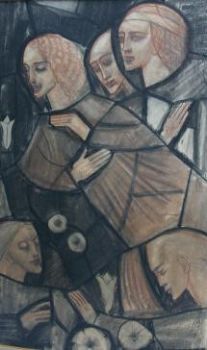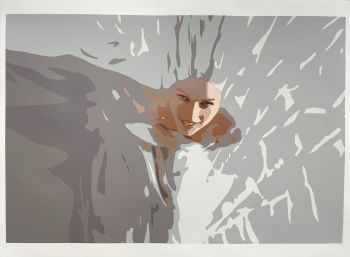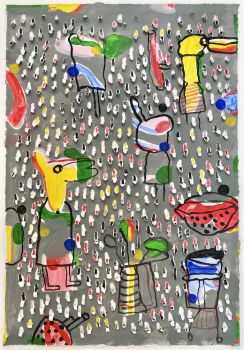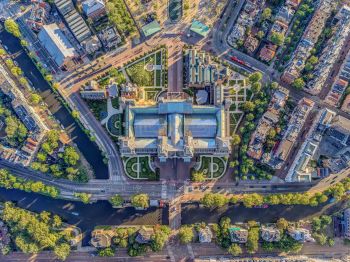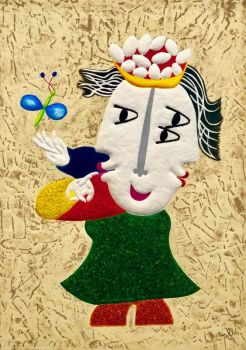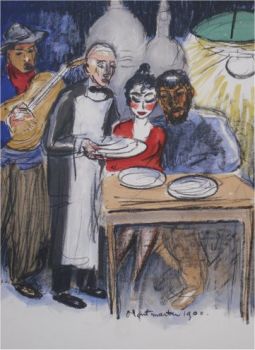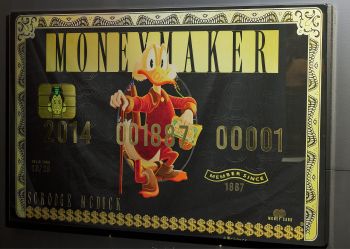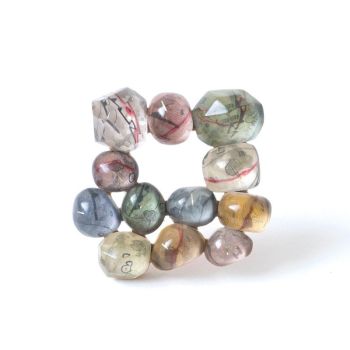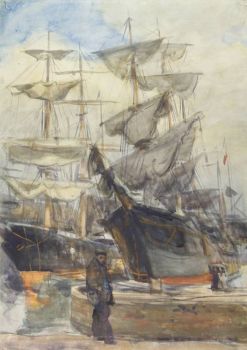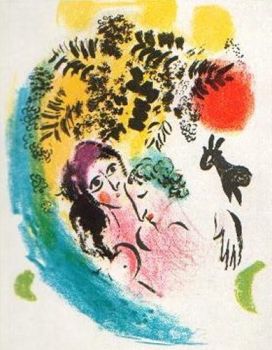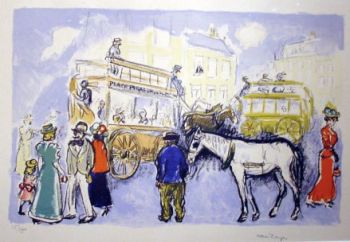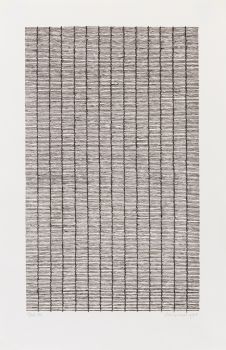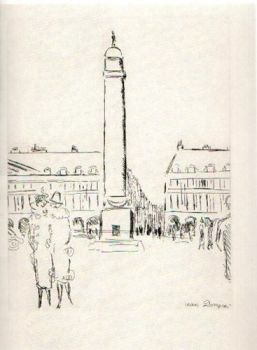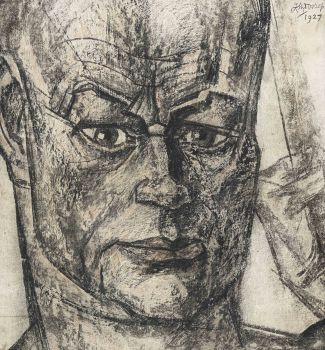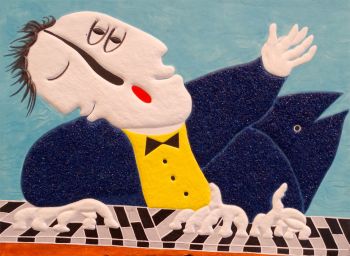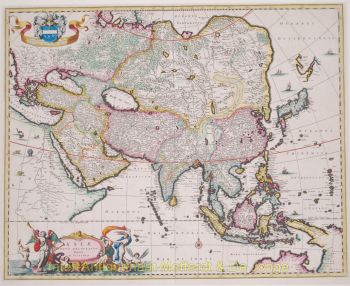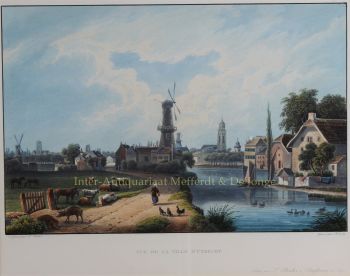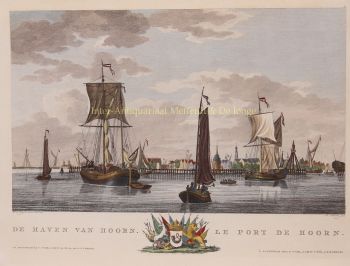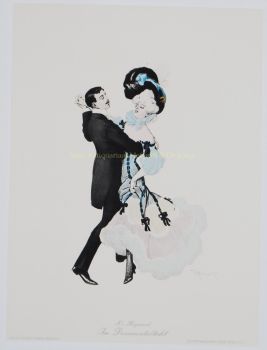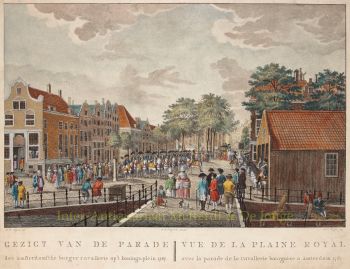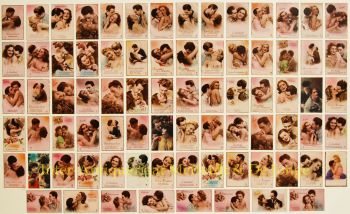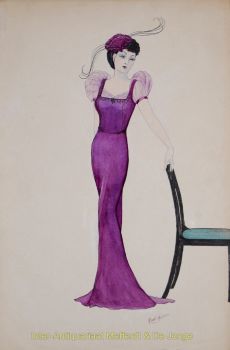Tulips 1737 - 1745
Johann Wilhelm Weinmann
Inter-Antiquariaat Mefferdt & De Jonge
- A proposito di opere d'arteTulips, etching with mezzotint from the "Phytanthoza iconographia", a florilegium published by Johann Wilhelm Weinmann between 1737 and 1745. Printed in colours with hand finishing. Size: 33,5 x 21,5 cm. (Frame: 42 x 55 cm.) Johann Wilhelm Weinmann (1683-1741) was an apothecary from Regensburg whose success in business funded his interest in botany. He created a botanical garden with a collection of plants which formed the basis of the Phytanthoza iconographia, a comprehensive iconography of “several thousand plants, trees, perennials, herbs, flowers, fruits and sponges, both domestic and foreign, from all four parts of the world collected with tireless diligence over the course of many years, which are engraved in the nicest way on copper, and at the same time by a newly invented way, after nature with vivid colours in most graceful illustrations.” To illustrate his florilegium, Weinmann hired the brilliant young botanical artist Georg Dionysius Ehret (1708-70), who, in his inexperience, agreed to terms highly unfavorable to himself. Disgusted with the miserly pay, Ehret wound up leaving the project after completing 500 designs, and his pivotal contribution to the work is nowhere acknowledged in the publication. The plates made an enormous impact on other artists, botanists, and printers, inspiring, among others, Christoph Trew, who saw his "Plantae Selectae" as an extension of Weinmann's work (a properly-paid Ehret did the illustrations for Trew). The mezzotint process used for the Phytanthoza had been invented by Johan Teyler in the Netherlands around 1688. This particular plate was made by by Johann Jakob Haid (1704-67), who combined etching and mezzotint, which made delicate lines and a very fine grain possible. The addition of hand-tinting brought about unusual and subtle effects. Price: Euro 1.250,- (incl. frame)
- A proposito di opere artista
Johann Wilhelm Weinmann, farmacista e botanico, è noto per la sua creazione del florilegium Phytanthoza iconographia tra il 1737 e il 1745, un progetto ambizioso che ha portato a otto volumi in folio con più di 1.000 incisioni colorate a mano di diverse migliaia di piante.
Sei interessato ad acquistare questa opera d'arte?
Artwork details
Categoria
Soggetto
Materiale e Tecnica
Colore
Related artworks
- 1 - 4 / 24
Roman & Henriëtte Reisinger
Tulips still life in glass jar2020
Prezzo su richiestaAtelier/ Galerie H&R Reisinger
1 - 4 / 24Willem van Konijnenburg
Design for Church window1890 - 1920
Prezzo su richiestaStudio 2000 Art Gallery
Rene Rietmeyer
"Portrait of Rauschenberg, January 2002"2002
Prezzo su richiestaEuropean Cultural Centre Collection
1 - 4 / 24- 1 - 4 / 12


